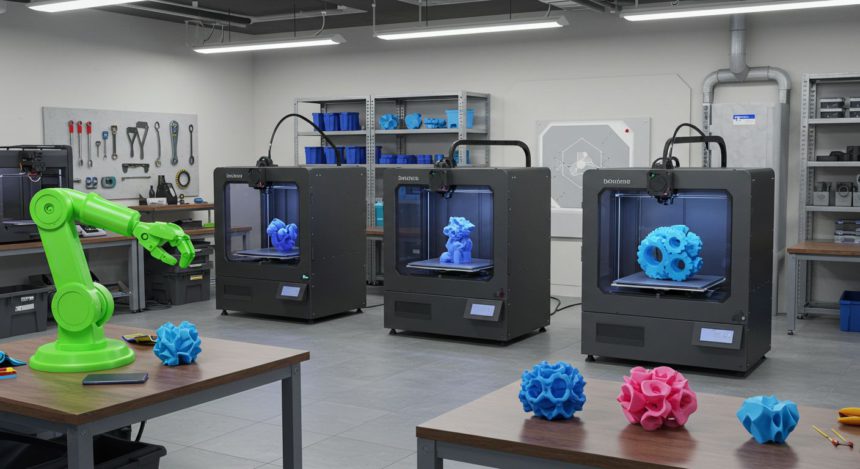The world of 3D printing has revolutionized the way we manufacture products across various industries. What started as a novelty has now become an essential tool in creating innovative solutions. From healthcare to aerospace, 3D printing technology is pushing the boundaries of what is possible. In this article, we will explore the diverse applications of 3D printing in different industries and how it is transforming the way we think about design and production.
Discovering Innovative Uses for 3D Printing in Healthcare
The healthcare industry has been one of the early adopters of 3D printing technology, utilizing it for a wide range of applications. One of the most significant breakthroughs in healthcare has been the ability to create customized implants and prosthetics using 3D printing. By using patient-specific data, medical professionals can now design implants that perfectly fit the anatomy of an individual, leading to better outcomes and faster recovery times. Additionally, 3D printing has been used to create models of organs and tissues for pre-surgical planning, allowing surgeons to practice complex procedures before entering the operating room.
Another exciting development in healthcare is the use of 3D bioprinting to create living tissues and organs. Researchers are exploring the possibility of printing organs like kidneys, hearts, and livers using a patient’s own cells, reducing the risk of rejection and the need for organ transplants. This groundbreaking technology has the potential to save countless lives and revolutionize the field of regenerative medicine.
Revolutionizing Manufacturing with 3D Printing in Aerospace
The aerospace industry has also embraced 3D printing as a way to improve efficiency and reduce costs. Traditional manufacturing methods for aerospace components are often time-consuming and labor-intensive. With 3D printing, manufacturers can create complex geometries and lightweight structures that were previously impossible to achieve. This not only reduces the weight of aircraft components but also improves fuel efficiency and performance.
In addition to creating lightweight components, 3D printing allows for rapid prototyping and customization in aerospace. Engineers can quickly iterate on designs and test new concepts without the need for expensive tooling or machinery. This flexibility has led to faster innovation and the development of cutting-edge technologies in the aerospace industry.
Transforming the Automotive Industry with 3D Printing
The automotive industry is another sector that is benefiting from the use of 3D printing technology. Car manufacturers are using 3D printing to produce custom parts, streamline the production process, and reduce waste. From prototyping new designs to creating end-use parts, 3D printing is changing the way cars are made.
One of the most significant advantages of 3D printing in the automotive industry is the ability to create lightweight components that improve fuel efficiency and performance. By using advanced materials and innovative design techniques, manufacturers can produce parts that are stronger and more durable than traditional manufacturing methods. This has led to the development of electric vehicles and autonomous cars that are shaping the future of transportation.
Pushing the Boundaries of Design and Creativity with 3D Printing
Beyond traditional industries, 3D printing has also found its place in art, fashion, and architecture. Artists and designers are using 3D printing to create intricate sculptures, unique fashion pieces, and innovative architectural structures. The technology allows for endless possibilities in design, pushing the boundaries of creativity and imagination.
In conclusion, the use of 3D printing technology is transforming industries across the board, from healthcare to aerospace to automotive. With its ability to create customized solutions, improve efficiency, and drive innovation, 3D printing is reshaping the way we think about design and manufacturing. As the technology continues to evolve, we can expect even more groundbreaking applications that will revolutionize the way we live and work.
